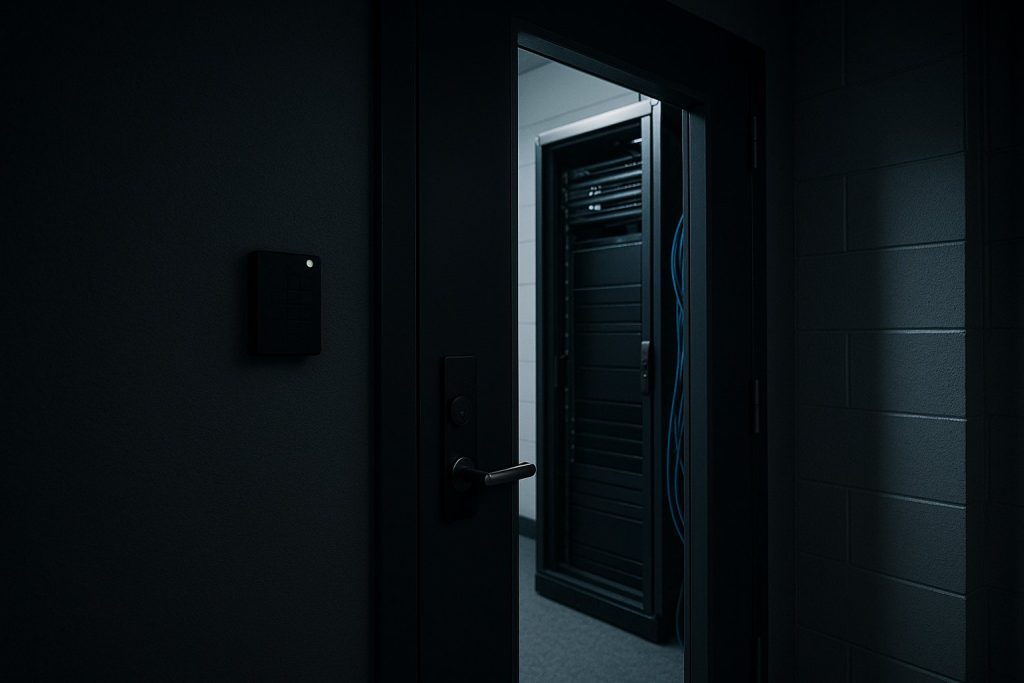Why bother with Physical Breach Tests?

A physical red team (breach) test is a real-world simulation of a physical breach. Think: tailgating into a secure office, picking locks, planting rogue devices, or accessing server rooms without authorisation. Unlike standard security audits, red teamers think and act like real adversaries – covertly probing for the weakest link in physical security protocols, policies, […]
The Value of Physical Red Teaming

Introduction In testing an organisation, a red team will be seeking to emulate a threat actor by achieving a specific goal – whether that is to gain administrative control of the network and prove they can control backups (a kin to how many ransomware operators work), through to proving access to financial systems, or even gaining […]